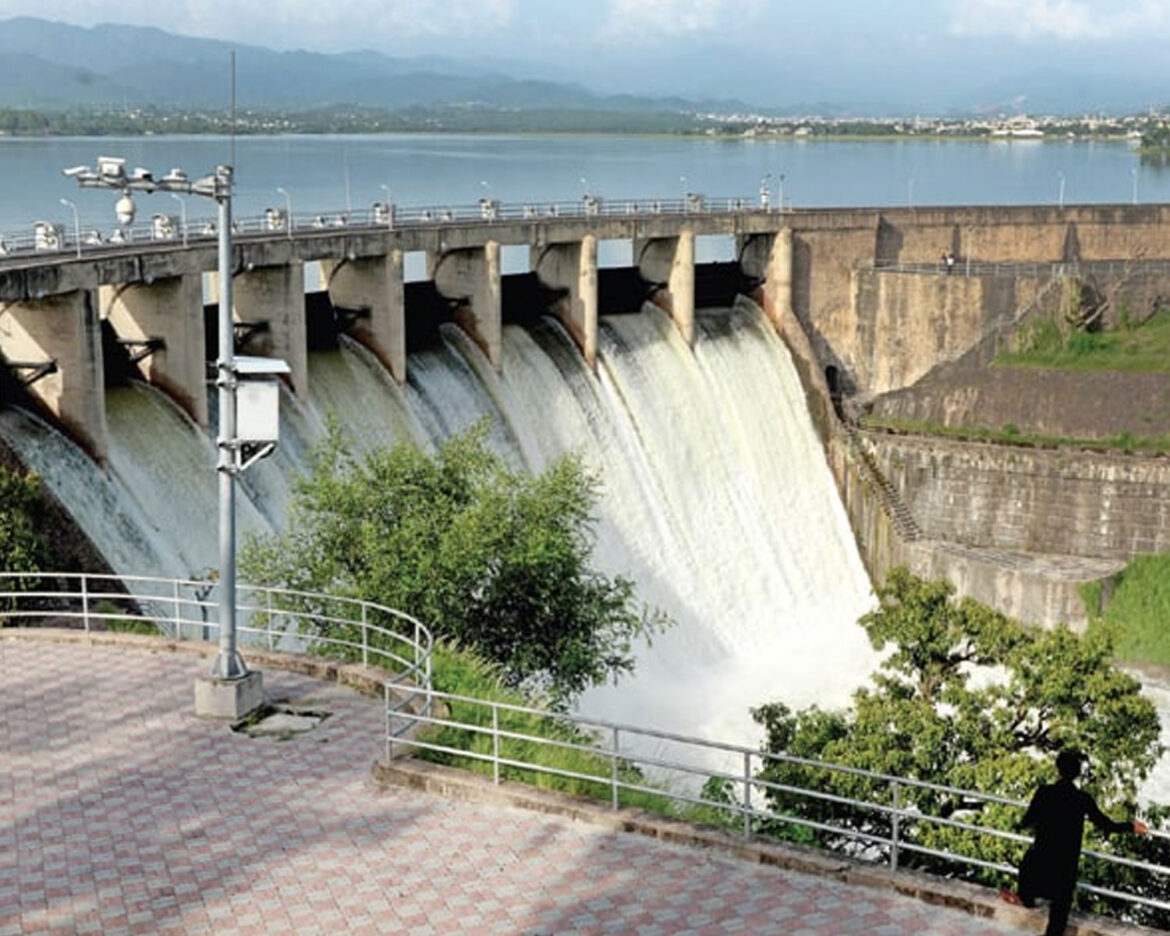As of Wednesday, the country’s primary reservoirs have nearly reached full capacity due to recent nationwide rainfall, causing some rivers to experience low-to-medium floods. The Federal Flood Commission (FFC) reported that the Tarbela Reservoir has maintained its maximum conservation level of 1,550 feet since August 19, 2024.
Currently, the Mangla Reservoir stands at 1,217.50 feet, slightly below its maximum conservation level of 1,242 feet, leaving 25.42% of its storage capacity available. The combined live storage of the major reservoirs—Tarbela, Mangla, and Chashma—is at 11.484 million acre-feet (MAF), representing 86% of the total live storage capacity of 13.354 MAF.
The FFC has advised authorities responsible for dam operations, including the Flood Monitoring Cell of Mangla, the Indus River System Authority (IRSA), and the Pakistan Meteorological Department (PMD), to exercise utmost care and vigilance in managing the reservoirs.
Currently, the Indus River is experiencing medium flood levels at the Kotri barrage and low flood levels at Tarbela and in the Guddu-Sukkur stretch. Other significant rivers in the Indus River System, including the Jhelum, Chenab, Ravi, and Sutlej, are discharging normal flows.
This favorable hydrological situation is expected to meet the agricultural water demands of the country in the coming days. Additionally, increased water availability in the reservoirs will boost hydropower generation.
According to the Flood Forecasting Division (FFD) in Lahore, the deep depression that was over North Gujarat, India, has moved and now lies over Northwestern Gujarat, India, and Southeastern Sindh, Pakistan. The low-pressure area previously over Jharkhand, India, has weakened into a trough. The trough of the westerly wave, previously over Northeastern Afghanistan, has shifted over Northern Pakistan, while the seasonal low continues to persist over Northwestern Balochistan.
Light to moderate moist currents from the Bay of Bengal are entering the upper catchments of all major rivers, while strong moist currents from both the Bay of Bengal and the Arabian Sea are penetrating Southern Sindh and surrounding areas up to 10,000 feet.



